Fishing in the toolbox of cyclic turn mimics: a literature overview of the last decade
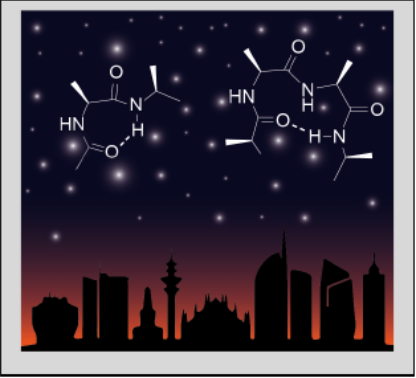
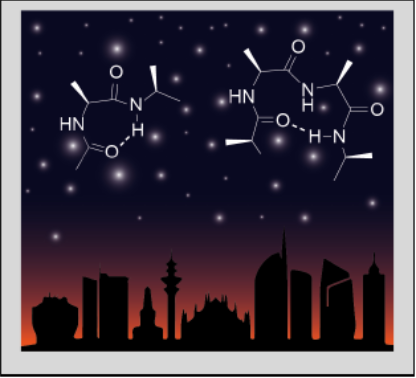
The main goal in developing peptidomimetics is the stabilization of the bioactive conformation of peptides. Among all the secondary structures, turns are of paramount importance. This review highlights the recent advances in the design and synthesis of cyclic turn mimics. Both amino acids, carbo- and hetero-cyclic scaffolds have been considered focusing on their use in the preparation of peptidomimetics and on their ability to induce to induce gamma-, beta- and alpha turns.
Peptides are versatile tools for scientists: their huge diversity in structure and in biological functions is indeed an endless inspiration source for a wide range of applications, from pharmaceutical chemistry to material science, from catalysis to biomedicine. In this context, peptide mimics are a long-standing
goal. Among the several strategies to develop peptidomimetics, the simplest one is the insertion of an unnatural amino acid (AA) or a molecular scaffold improving specific features, such as conformational and proteolytic stability, increased bioactivity and new reactivity.

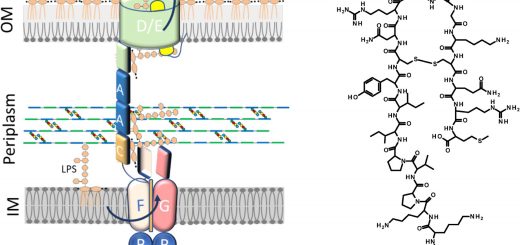
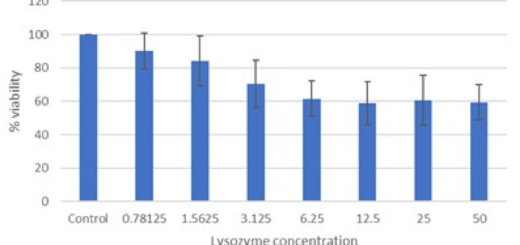
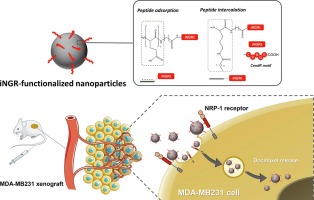




comments